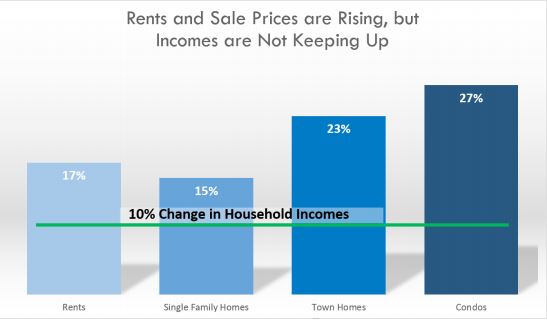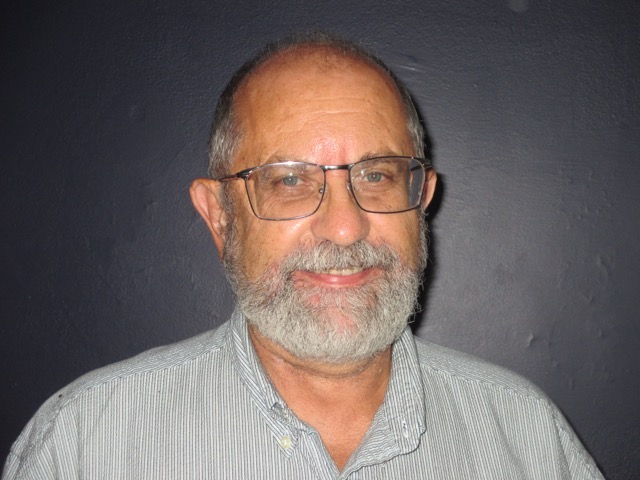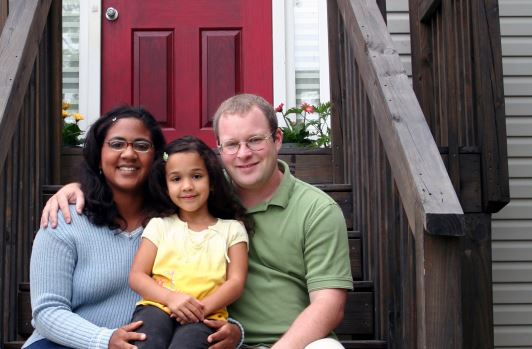By Jerry Poje:
Part 1 of a series on affordable housing. Coming soon, Part 2: Meeting the challenge.
Affordable housing topped the list of issues among the Democratic candidates for Fairfax County Board of Supervisor chair in last month’s primary election, but easing the 31,000 unit gap in low-rent units will be a challenge.
It is a challenge we must face.
Diverse populations are being squeezed out of Fairfax County. Sizable portions of our workforce — in sectors such as schools, public safety, parks, human services and the judicial system — cannot afford to live in the county. This generates traffic problems, larger carbon footprints and lesser reliability for services during emergencies.
In addition, many of our young adults are unable to afford living in the community where they were raised and educated. Each year the county spends $2.8 billion on K-12 education, but the return on this investment falls if our well educated adult children must work in other locales where housing costs are more reasonable.
Seniors on fixed incomes and adults with disabilities are among the most stressed by high housing costs. In our county, 5.6% of seniors 65 years or older live in poverty. The poverty rate for people with physical and mental disabilities – who frequently are excluded from high wages positions or from working full time — is almost double that of seniors: 11%.

High housing costs hurt not only these vulnerable populations, but their support networks as well.
Perhaps the most vulnerable population comprises teens and young adults aging out from foster care benefits. Unfortunately, some free-fall into homelessness. Poverty claims 12% of adults 25 or older who fail to pursue education beyond high school live in poverty. The county’s recently completed 10-Year Plan to End and Prevent Homelessness only managed to meet the needs of 46% of this group.
Even business suffers from high housing costs. Our county’s ability to attract new employers is at risk if they cannot find workers earning $50,000 or less, which is the most prevalent new county salary.
In fact, everyone depends upon community services provided by lower income workers, such as clerks in drugstores, dry cleaners, dental or doctors’ offices, staff in restaurants, other retail outlets, artists and musicians. Nearly 40% of human services are provided by expert, compassionate, lower wage workers in non-profit organizations. High and rising housing costs threaten their sustainability in Fairfax.
The problem is worsening. High wage, high-tech relocation into northern Virginia, while increasing wages for a few, exacerbates regional housing affordability stress. For most, wages haven’t kept pace so that growing numbers in Fairfax are housing burdened. Many pay more than 30% of wages on housing, and sacrifice on other family necessities, including saving for emergencies and retirement.
At the same time, existing affordable homes are being razed or renovated into luxury homes and condos, further diminishing options for those in need. This calls for stronger preservation efforts.
In the coming decade our county must add an additional 15,000 affordable homes just to cope with projected demographic shifts. The nine magisterial districts will need to create an average of 5,100 affordable homes each to cover existing and future needs if we are to build the more beloved community where people of all incomes and abilities hope to dwell.
What can you do? Start a community conversation about improving housing affordability and accessibility. Build a diverse YIMBY (Yes in My Back Yard) coalition who will speak up during the fall campaigns and beyond.
We will give more details on emerging solutions worth supporting in the upcoming second part of this series. Stay tuned!

Jerry Poje (poje2530@verizon.net) is a member of Fairfax County Human Services Council representing the Hunter Mill District, and the Fairfax County Affordable Housing Advisory Committee. He is also a member of the Hunter Mill District Democratic Committee
Data, photo and graphics source: Communitywide Housing Strategic Plan

